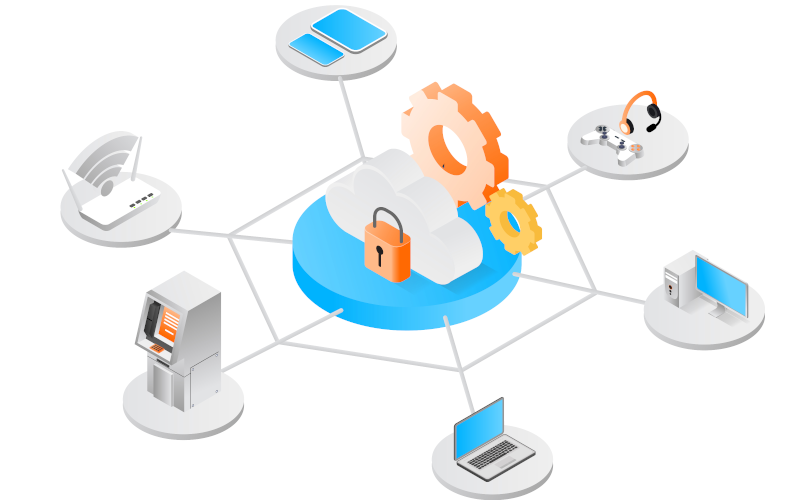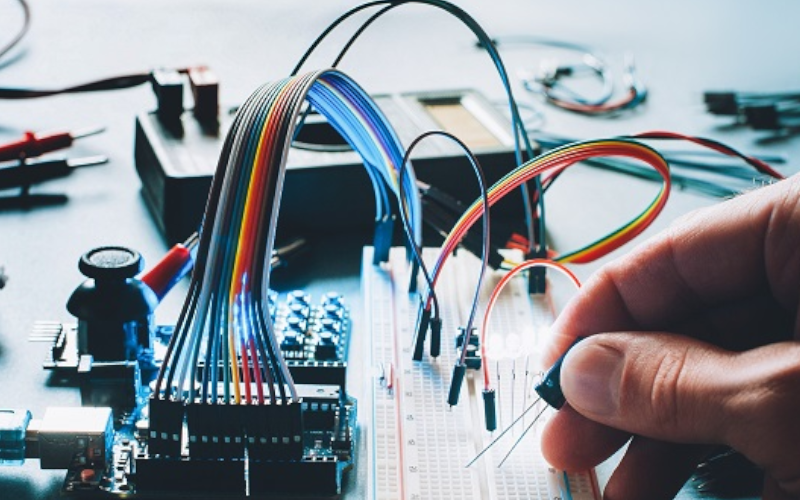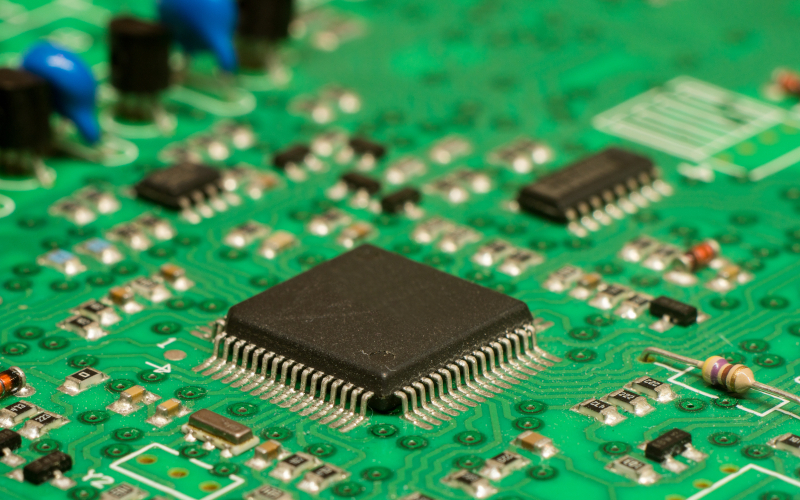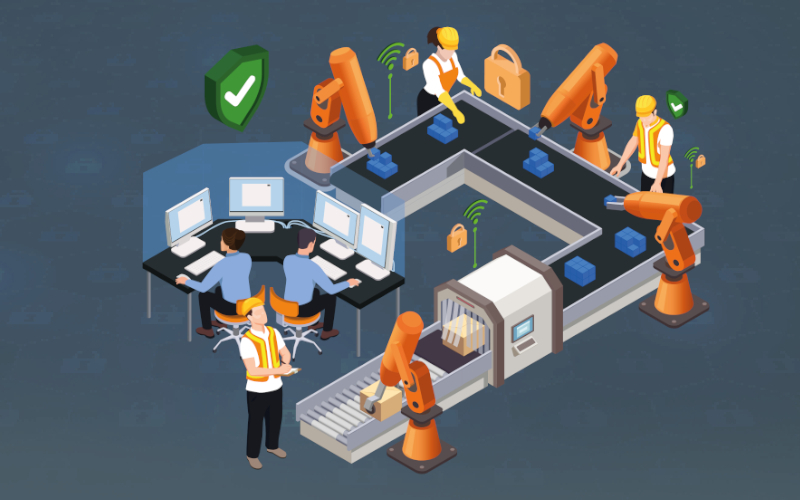
When a security incident occurs in an ICS (Industrial Control System), depending on its severity, it can generate a serious problem, both at a productive and economic level, as well as in the security of the people working in the industrial system.
Therefore, in this first article of a series on this subject, we will explain precisely the recovery plans, some general guidelines for their development and some conclusions on the use and applicability of these plans.

In recent years, the constant technological evolution has made possible a large number of advances that would have been unthinkable years ago. In industrial environments, one of the latest developments that promises to stand out and is here to stay are virtual PLC.
The virtualization of these controllers will make it possible to decouple the hardware from the software, i.e. the software will be installed in the engineering stations, while the hardware will remain in another area outside the production area.

IDSs are passive elements that are in our network to ensure its security, but what would happen if all our communications were encrypted, or would this protection measure be enough to ensure that my network is protected? These questions and more will be discussed in the following article to provide solutions and advice focused on industrial environments.

The Industrial Internet of Things (IIoT) has experienced considerable growth in recent years, providing crucial improvements. However, it also has some limitations in terms of consumption, security, cost or scalability. In this blog, we will see how the appearance of LoRaWAN in this area can solve part of those limitations.

A high percentage of devices developed for the industrial world have physical interfaces that allow secondary communications to be established. These communications allow the execution of important tasks such as the management of the devices themselves or changing the way they interact with industrial processes. Although in most cases it is necessary to have physical access to the device in order to use these interfaces, manipulation of the device through these interfaces allows attackers to manipulate the operation of the system without leaving any trace if there are no mechanisms to protect the asset from hardware hacking.
This article aims to show the most widespread physical interfaces in industrial devices and embedded systems in general. On the other hand, we want to show some attacks executed throughout history in the industrial world. These attacks, thanks to the physical manipulation of a device, have allowed attackers to achieve a great impact on the targeted industrial process


The physical protection of ports at hardware level within embedded systems allows control of the physical access interfaces, but what happens when these interfaces are necessary? Sometimes, access via JTAG or UART to systems is required for maintenance or modifications in different industrial processes. Thanks to these accesses, suppliers can access memory addresses to read or write, modify firmware, etc. Given the importance of these tasks, it is necessary to incorporate cybersecurity into the process and it is precisely on these measures that the subject of this article will focus.
Protection against fault injections, encryption of some memory sections within microcontrollers, or simple write protection are some of the defences that can be implemented to avoid problems within an industrial infrastructure

When talking about an endpoint device, we are talking about an end asset present at the network level. Among these devices we can find engineering stations (workstations), HMI, SCADA or PLC, among others.
The evolution of industrial environments towards models in which these equipment are connected, both with corporate networks and remotely with suppliers, for maintenance purposes, exposes them to new threats. That is why industrial endpoints must be properly and individually protected and at multiple levels so that they cannot be compromised. These end systems are key security hotspots because their vulnerabilities could affect other assets within the network.

A growing number of industrial companies are adopting vulnerability management on their devices and systems, in order to perform this management in a correct and efficient way, the first step is to create an asset inventory or update it. Some companies are looking for vulnerability management services to stay on top of the latest cybersecurity issues affecting their assets. In addition, we are also noticing an increase in the availability of tools and their implementation for vulnerability management.

The growth of cyberattacks suffered in the industrial world is very worrying, since it is a sector that until recently the vast majority of its devices were not connected to the Internet, so the implementation of cybersecurity had never been thought of.
But with Industry 4.0 all that has changed, since almost all devices are interconnected or have Internet connection creating many advantages, but also some problem.
That is why experts in this field have seen the need to improve and implement cybersecurity in the industry, for this they have created different models and applications. Some of these can be seen in the following article.



